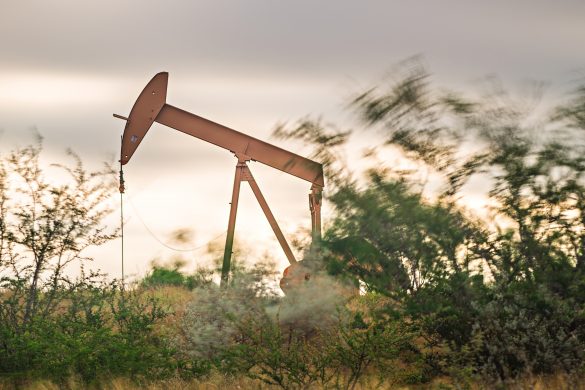South Texas is feeling the pinch
As the largest producer of oil and natural gas in the nation, the Texas economy is closely tied to the strength of the petroleum industry. Regardless of whether or not you are directly involved in the industry, everyone feels the effects in one way or another. In the past couple of years, the impacts of a lower priced commodity has affected households and businesses throughout the Eagle Ford Shale region. It is important to remain cognizant of the opportunities that the industry has provided the South Texas region.
The taxes collected from the oil and gas industry have provided billions of dollars to the state, a record $15.7 billion in 2014 alone. These taxes provide funding avenues for educating future generations of South Texans and other essential services. For example, in Dimmit County alone, the oil and gas industry provided approximately 79 percent of the local tax base in Carrizo Springs with $60.3 million of that going to the local school district in fiscal year 2015. In Karnes City the oil and gas industry provided $66.5 million in taxes to the local school district and was 88 percent of the local tax base in 2015. Additionally, the industry pays nearly eight times more taxes and royalties on a per employee basis than the average private sector company. These taxes not only fund education, but they help to fund roads, libraries, community centers, parks, and emergency responders.
As we continue to face a lower priced environment and work through the challenges associated with it, appraisal districts and taxing entities should work together on mineral valuations. These valuations determine the amount of taxes collected from minerals. It has come to our attention that some consulting firms are calculating mineral interest’s taxable value differently than Texas property tax valuations, Section 23.175 of the Property Tax Code requires. This tax code requires… “that the actual 12-month average price received by an oil and gas lease for the prior year must be used in the calculation of the mineral interest’s taxable value. For 2016, consultants have opted to ignore the law and have used the 2015 average West Texas Intermediate (WTI) “Reference Price” instead of the actual prices received by the lease. In most instances, this will lead to over appraisal of the mineral interest’s 2016 taxable value.”*
In good times, tax revenues are increased, but in slower times, as we are experiencing today, the revenues may be adjusted to compensate for low commodity prices. The oil and gas industry is cyclical and prices will always rebound but if we don’t work with these tax entities, mineral owner’s and oil and gas companies’ taxes will increase as everyone looks to balance budgets. The oil and gas industry remains committed the communities of the Eagle Ford Shale region. We must all work together to ensure that the backbone of the Texas economy remains steady providing thousands of job and contributing millions of dollars in tax revenues to local and state taxing entities.
*Texas Royalty Council, Royalty Owners at Risk of Being Over-Appraised on Oil and Gas Wells in Texas
Omar Garcia is the President and CEO of the South Texas Energy and Economic Roundtable, STEER. STEER connects the oil and gas industry to South Texas communities, facilitating and coordinating communication, education and public advocacy surrounding the production of energy resources in South Texas.
Featured photo: texasmineralgroup.com






